Exploring The Mystery of Yankoust Karst Cave
Source:Shaoyang International CultureWriter:Peng Ru Zeng ZhenghuTime:2014-12-30Clicks:次

The Yankou Karst Cave is located at the foot of the Qitou Hill of the Nine-dragon Mountain and as the fountainhead of the the Yankou Reservoir it is 38 km from Longhui County town and 25 km from the joint of the Zhouwang connecting road and the Shanghai-Ruili Expressway.
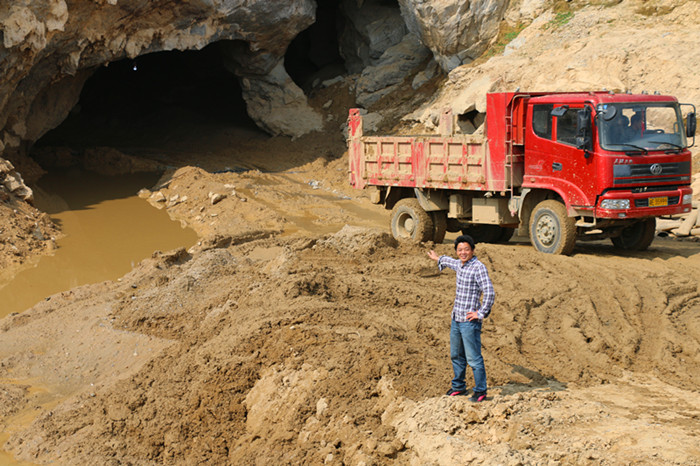
The cave is a nature-made limestone cave with stalactites and stalagmites. Inside it is cool in summer and warm in winter with fresh air and an agreeable constant temperature of 200 C.
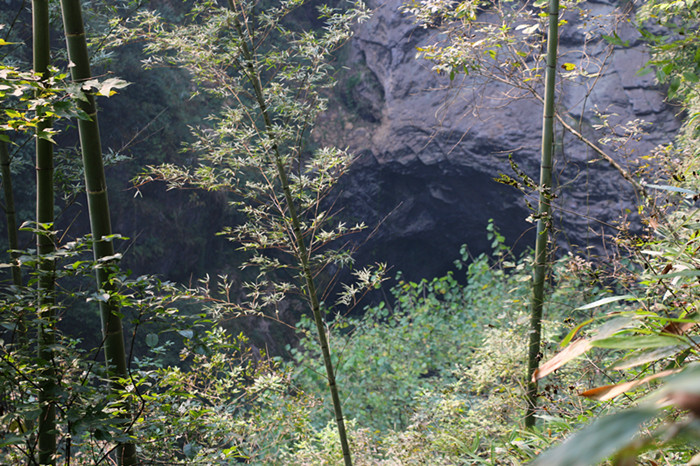
There is an underground river in the cave, one end of which is connected to the rippling Yankou Reservoir and the other end of which to the huge natural hollow at Shaping. The river flows mysteriously beneath the cave bottom, winding its way along and producing sounds and winds that mix together into a piece of pleasant music echoing constantly inside.
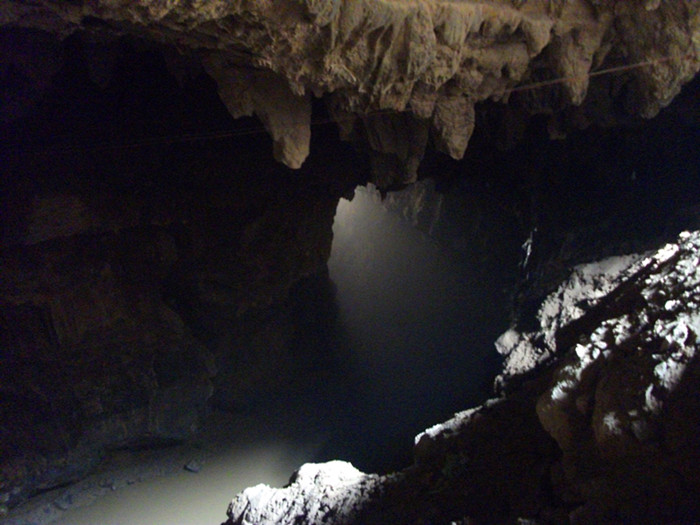
The cave has two openings: one being open to the reservoir, by which one can float in on a leather raft through stalactites and stalagmites, and the other made by gold miners in the 1960s, which is 1,500m long, 1.8m wide and 2m high, with a track of 3,000m, along which miners could get in in a mining truck.
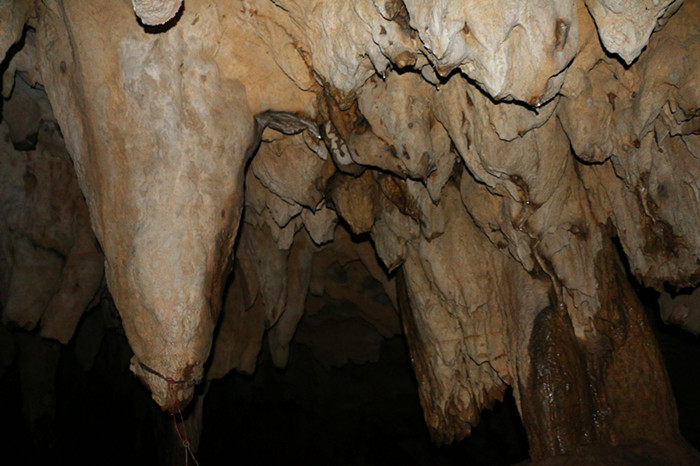
Between one opening and the other next to the Shaping Hollow, the limestone cave has a length of 6,409m with a width of 2 to 137m and a height of 0.8 to 39m. Inside there are plenty of stalactites and stalagmites of different shapes, some of which hang from the top, looking like suspended lanterns, heaven curtains, soaring dragons or flying phoenixes, some of which stand erectly from the ground, resembling supporting columns, strong warriors or huge millstones, others of which appear to be Buddhas instructing disciples, eighteen Buddhist warriors displaying fighting postures, the old Celestial Being refining medicine or Kwan-yin Bodhisattva sitting in peace on a lotus seat, and still others of which look like fairy maidens spreading flowers, monkeys playing games, wild birds flying, beasts running or grasses and trees blooming.

Along the river banks, there are 49 large scenic spots like ‘Dog Eyes’, ‘Airfield’, ‘Patches Of Field’, ‘Yellow Crane Tower’, and ‘Emperor’ s Palace’, with countless beautiful and strange small scenic spots, all greeting visitors’ eyes. To explore the cave, necessary equipment like rubber boots, safety hats, walking sticks and flashlights should be prepared. In addition, strength and courage are also needed. The flowing river water can be your help to avoid being lost, because walking up the river will guide explorers out to the Shaping Hollow while walking down the river can lead you out of the opening to the reservoir.
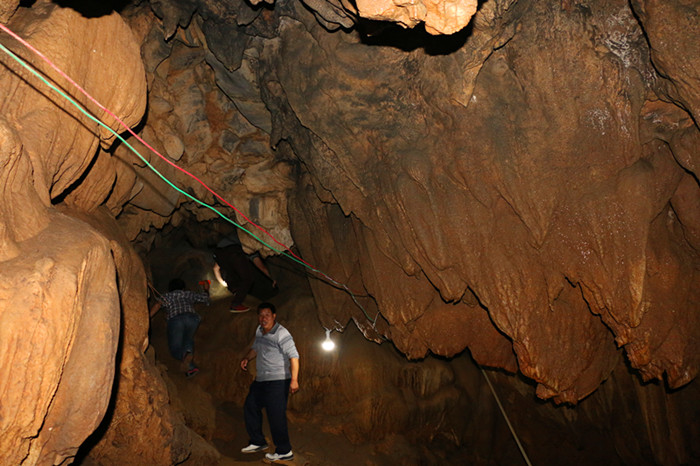
The journey of 6.4km underground took us 5 to 6 hours, each minute aroused our excitement and also brought us unexpected joy and surprise. The moment we entered the cave, we were plunged in a fairy land. We walked through the stalactites and stalagmites as if roaming in a forest and turning around a corner we found ourselves in a different land. To us, every group of stalactites and stalagmites formed a scenic spot and every sound of dripping water gave an indication of Zen. Rocks become beautiful with water while water becomes serene with rocks. We could not wait to touch everything we met and we could not help imagining everything we saw. All looked just like what we imagined while they did not look like them. The various shapes and postures just left us shocked and invited our future revisit.
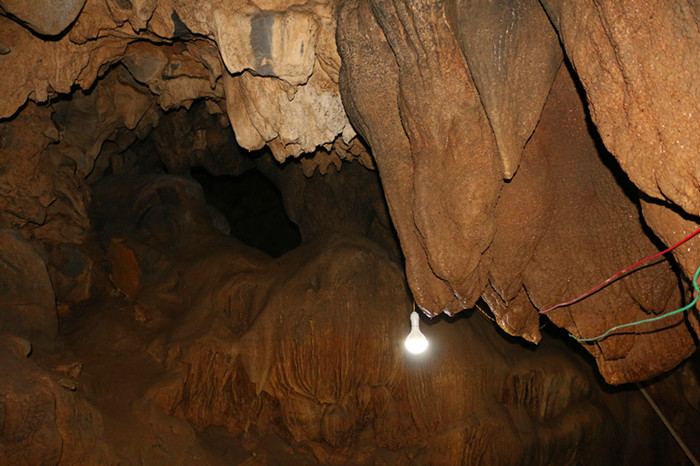
Besides its natural splendor, the cave is proud of its huge wealth with fine shiny grains of gold sand in the river in the depth. This is the only karst cave producing gold in Asia and furthermore it yielded a high quantity. In the 1930s, a tailor named Peng Guisheng, who hid in the cave to escape from war, discovered gold sands. The next year he had his three friends as partners to mine gold together. They got more than 500g gold grains in one night. News spread out which brought a large number of gold seekers, more than a thousand from just Xinhua County, who came to the underground river to seek a better life. In the 1940s, gold miners here amount up to a ten thousand, being the most in history. Gold was people’ s dream and also cost many lives. Finally the gold craze got down and the cave remained tranquil and too mysterious to measure.

Having got out of the cave, we came to the bank of the reservoir, where we saw many lorries transporting sand and earth. Cheng Jiawan, who invested in the development of the cave, told us that the sludge-clearing work was going because the government and some businessmen had joined to develop the cave into a tourist destination, which would be open to visitors in the near future. At that time people will experience the mysterious cave, the imaginable rocks and the clear and cold river. Even they can experience panning gold, and perhaps some lucky ones will get some gold grains.
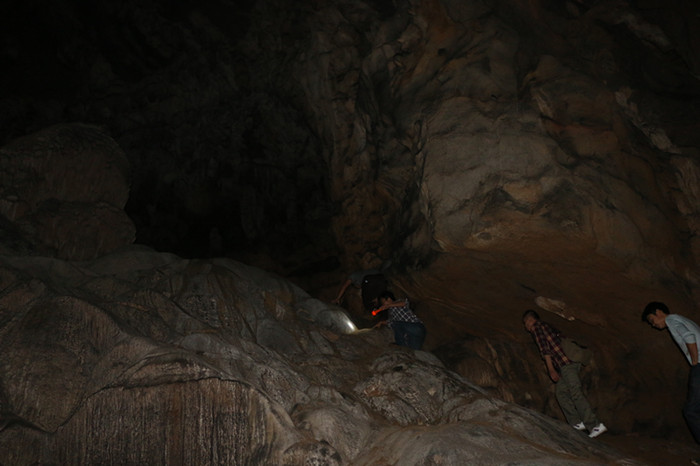
The winding cave is well-known for its depth, peculiarity and difficulty of access near and far. It is worthy of being called ‘The First Cave’ of nature in Longhui County and even in Shaoyang City. Someone once described it in an article appearing in the newspapers of Shaoyang Evening and Traveling The World: ‘In the Nine-dragon Mountain in Longhui County there is a cave, in the cave there is water , in the water there is sand, and in the sand there is gold. It is the only karst cave that produces gold in Asia’
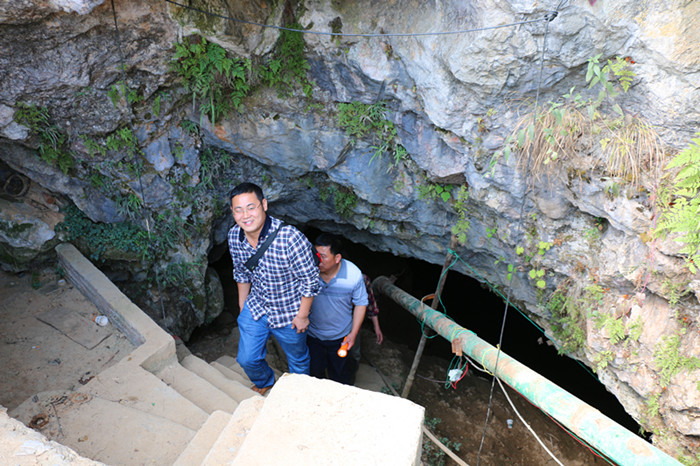
(translated by Yi Daoqun)
- 上一篇:Gaosha---A land of Water And Cloud
- 下一篇:没有了
